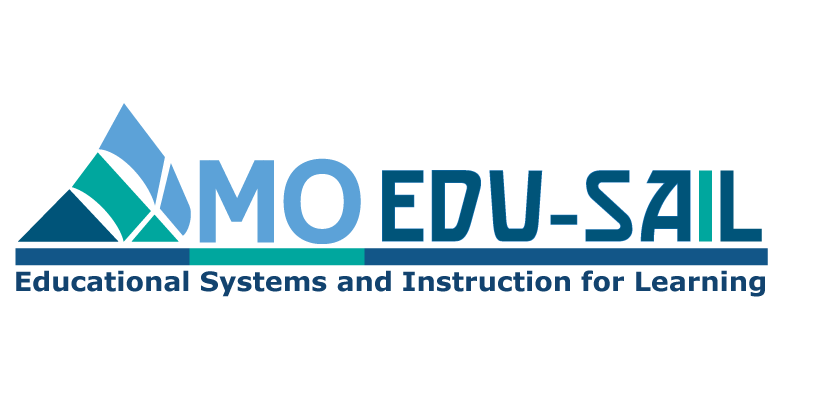Collaborative Skills are essential.
“Effective social structures honor the dynamic relationship of parts and bring them together into a workable whole. Since any group brings a variety of mental models, cognitive styles, personal histories, and individual agendas to its work, the potential for chaotic interaction always exists. Providing structures permits a full and focused expression of these differences in a manner that is useful to the work and life of the group.”
http://www.thinkingcollaborative.com/norms-collaboration-toolkit
IMPORTANCE OF COLLABORATIVE SKILLS
Hattie refers to the importance of teachers to “ ‘know thy impact’, it is to understand this impact, and it is to act on this knowing and understanding. It requires that teachers gather defensible and dependable evidence from many sources, and hold collaborative discussions with colleagues and students about this evidence, this making the effect of their teaching visible to themselves and others (Hattie, 2012).
OVERVIEW OF COLLABORATIVE SKILLS
“There is no such thing as group behavior. All ‘group behavior’ results from the decisions and actions of individuals. When individual choices align in productive patterns, the group produces positive results.”
Garmston & Wellman, 1999
More and more, learning is viewed as a social process, not simply individuals accumulating information on their own. If learning is social, then collaboration is essential. Both communicative and collaborative skills are essential to function effectively in the modern world.
UNPACKING COLLABORATIVE SKILLS
Norms of Collaboration
The original “Norms of Collaboration” were first articulated by Garmston and Wellman in 1999. These seven norms of collaboration, (pausing, paraphrasing, probing, putting ideas on the table, paying attention to self and others, presuming positive intentions, and pursuing a balance between advocacy and inquiry), have been widely used, and multiple materials are available online to support their use.
In 2009, Garmston and Wellman revised these norms, removing “pursuing a balance between advocacy and inquiry” from the list and adding in “providing data.” The revised norms are:
(Directions, Test yourself: hover over each button below to view the norms, hover on wording to view definition)
Adapted from the Center for Adaptive Schools.
Consider your current collaborative meetings. Which of these skills are currently practiced? Which is missing?
COLLABORATIVE SKILLS IN PRACTICE
“Any group that is too busy to reflect on process is too busy to improve.”
Garmston & Wellman, 2013
Implementing Norms of Collaboration
Developing proficiency with applying the 7 Norms of Collaboration all at once may be too demanding. Try focusing on one norm at once. Have the team decide on the norm they want to focus on. Practice the norm over several team meetings or until the team members are proficient and feel they can use the norm without thinking about it. Seek opportunities in daily communication experiences to practice a particular norm, so you can learn that tool so well that it is available to you when you need it the most in a meeting. Then select the next norm for focus.
COLLABORATIVE SKILLS IN ACTION
How do behaviors impact the collaborative work of a group? How will you start implementing these Collaborative Skills?
These norms help ground our talk in constructive conversations that lift everyone’s professional growth as we work with a sense of urgency to accelerate student achievement within the means of a collaborative culture.
Use the Norms Inventory to reflect on your current practice and, based on the results, plan for the future.

